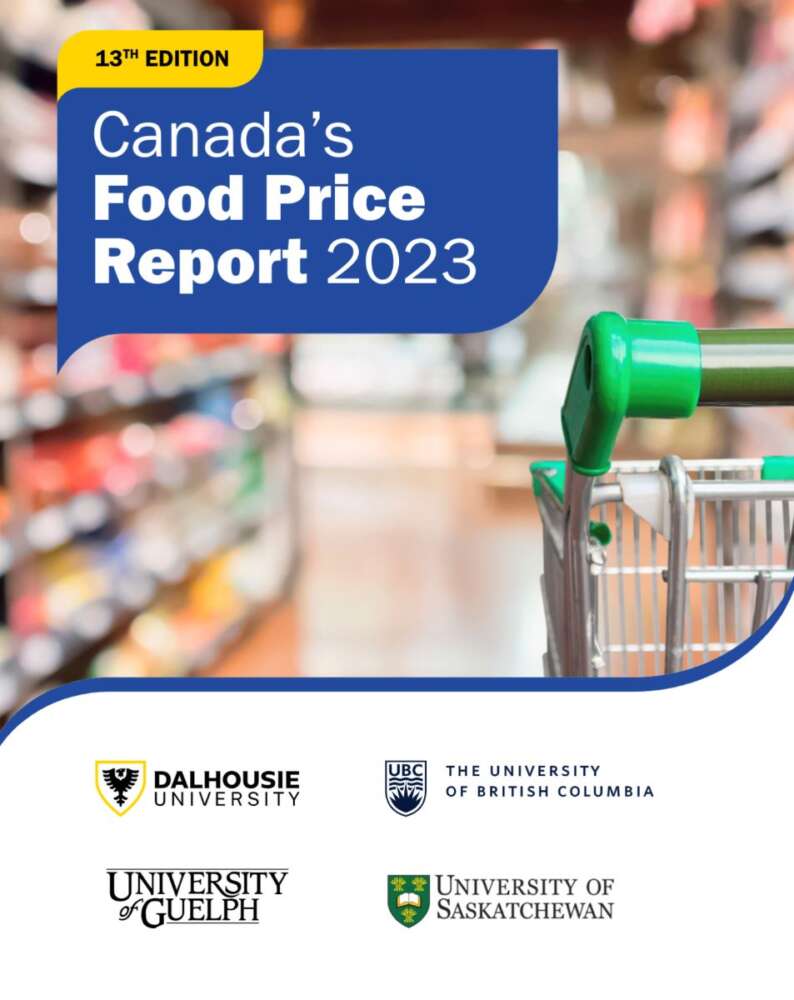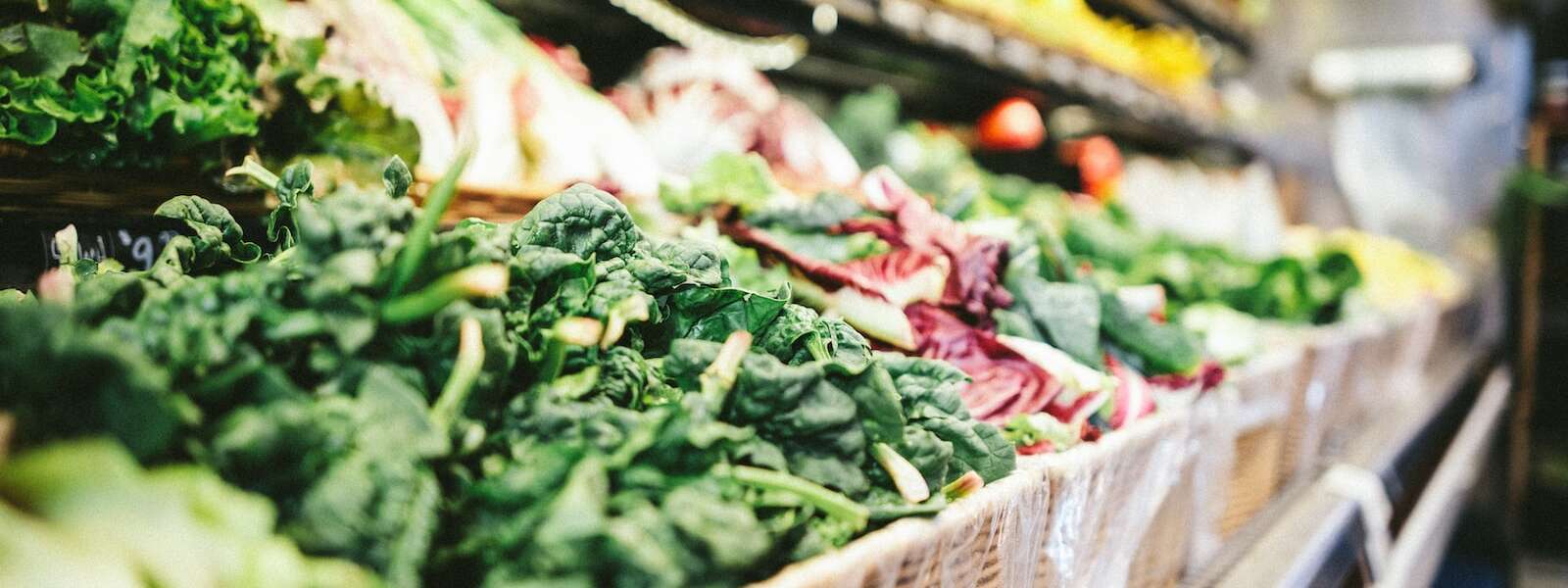
After a year that saw food prices soar higher than predicted, costs at the grocery store are expected to continue to increase even further in 2023, say the authors of Canada’s Food Price Report.
The annual forecast, prepared by the University of Guelph, Dalhousie University, University of British Columbia and the University of Saskatchewan, predicts Canadian families will pay at least $1,000 more for food in 2023 than they did last year.
Overall, prices will rise by five to seven per cent this year. A family of four consisting of two adults and two children will pay an average of $16,288.41 in 2023 — an increase of $1,065.60 over their annual costs in 2022.
That likely isn’t news that Canadians were hoping to hear, said price report project co-lead Dr. Simon Somogyi, a professor in U of G’s Gordon S. Lang School of Business and Economics.
“Given the increases Canadians saw at the grocery store this past year, many are likely hoping to hear 2023 will bring some relief. But our models tell us that isn’t likely to happen just yet,” he said.
Vegetable prices are expected see the largest increases in 2023, in the range of six to eight per cent, although meat, dairy and bakery items are also expected to see increases of five to seven per cent.
Restaurant prices, too, will continue to rise as food outlets contend with rising food costs, rent increases and ongoing labour challenges.
Rising geopolitical tensions, high transportation costs, high oil prices and a falling Canadian dollar take much of the blame for the predicted increases, say the report’s authors.
“Conflicts in other parts of the world can impact food prices in Canada by restricting trade and exports and disrupting the supply chain,” said Somogyi. “The ongoing war in Ukraine has especially impacted the supply of wheat, fertilizer and sunflower oil, which is widely used in processed foods.”
Last year’s rate of food inflation highest in 40 years

Many were surprised last year when the Canada Food Price Report authors predicted prices would increase by up to seven per cent — the largest predicted increase in the 12 years of the report.
“In fact, that turned out to be an underestimation,” said Somogyi. “Particularly with fruit, dairy and bakery prices, prices rose significantly more than we expected.” Overall, prices increased by 10.3 per cent on average, with Quebec seeing the highest increase at 11 per cent and British Columbia on the lower end with 9.2 per cent.
Last year’s rate of food inflation was the highest Canada has seen since the 1980s.
Two major factors that pushed up prices were climate events and the sudden outbreak of the Russia-Ukraine conflict, which worsened supply issues and affected global prices for fuel, wheat, sunflower oil and fertilizer.
“The difference between the rate of food inflation at 10.3 per cent and general inflation at 6.9 per cent being heavily impacted by the Ukraine war is something we couldn’t foresee,” said Somogyi.
Another unforeseen factor in 2022 was the decision by Canada’s central bank to aggressively hike interest rates. While the rate hikes are helping to slow inflation, they have put more pressure on consumers and food-based businesses.
Food security to continue to be a concern in 2023
“Food affordability became a serious issue for many Canadians in 2022, with many turning to food banks for the first time,” said Somogyi. “Unfortunately, food security will continue to be a concern in 2023, especially for households with lower means.
“There is the possibility that later in 2023, as the economy cools and the Canadian growing season comes back online, we could see prices fall again.”
Support for this year’s report comes from U of G’s Arrell Food Institute, the Vector Institute and Dalhousie’s Agri-Food Analytics Lab.
To arrive at their predictions, the researchers used historical data sources but also collaborated with data scientists to integrate machine learning algorithms and predictive analytics tools to strengthen the accuracy of food price predictions across the country.
Other U of G members involved in the report were Dr. Jess Haines, Department of Family Relations and Applied Nutrition; Dr. Maria Corradini, Department of Food Science; Dr. Graham Taylor, School of Engineering and Vector Institute; Dr. Ethan Jackson, ChainML; Sara El-Shawa, School of Engineering and Vector Institute; Dr. Erna van Duren, Gordon S. Lang School of Business and Economics; and Paul Uys, Ontario Agricultural College.
Contact:
Dr. Simon Somogyi
ssomogyi@uoguelph.ca
